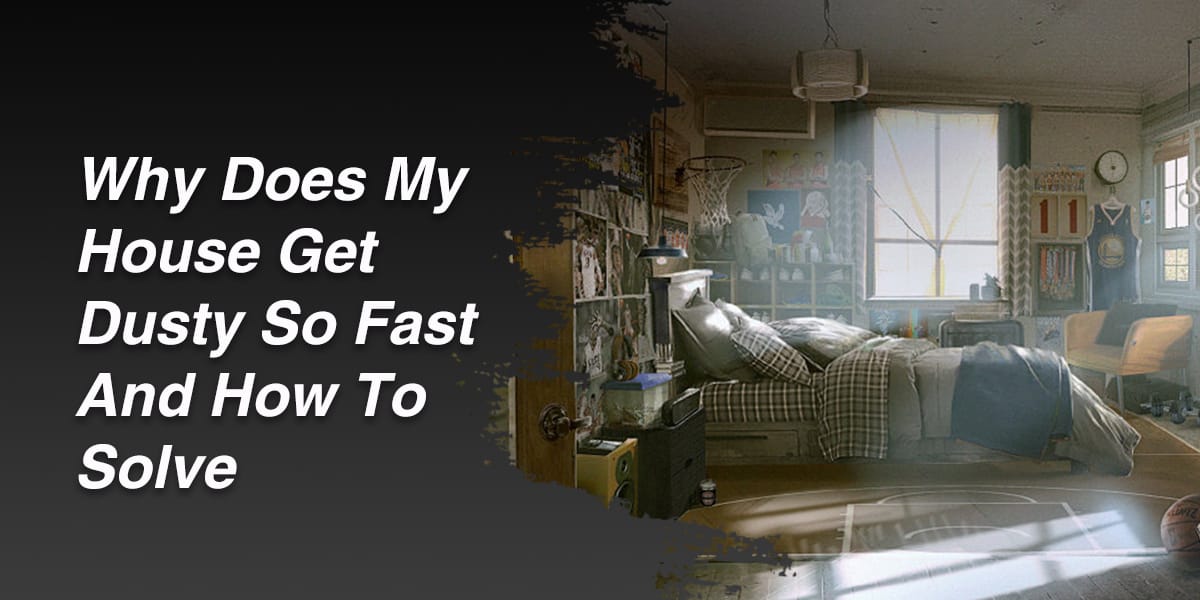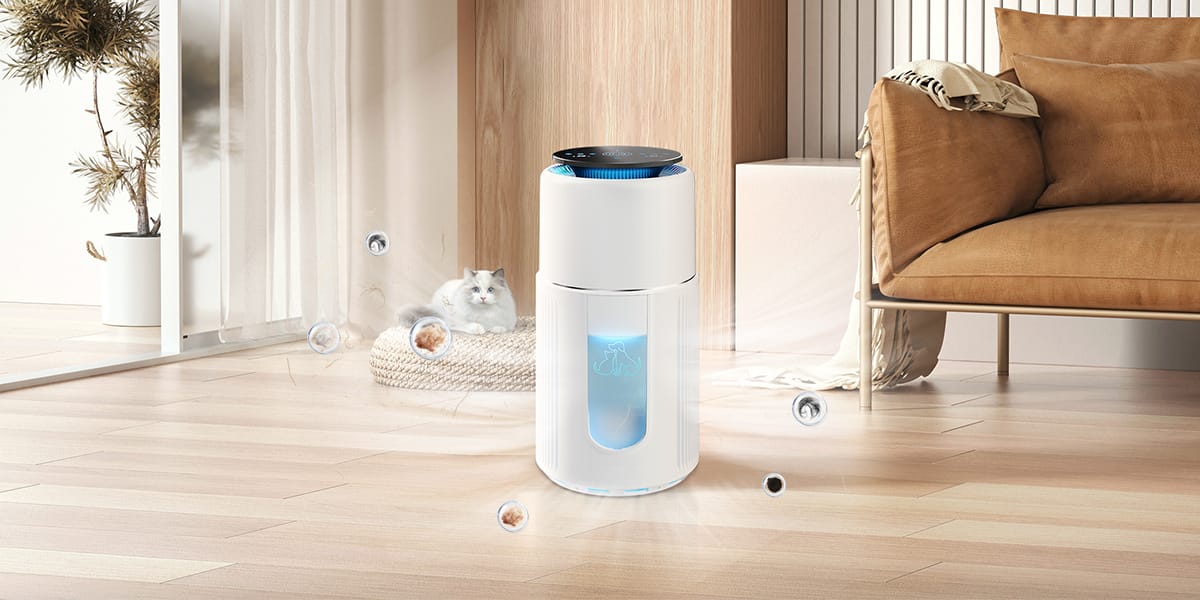Why Does My House Get Dusty So Fast And How To Solve
We’ve all experienced the frustration of tirelessly cleaning our homes, only to find a thin layer of dust falling down within a blink. In this blog, we will find out why my house gets so dusty so fast and how to solve this problem.
Why Does My House Get Dusty So Fast?
1. Daily activities
When we walk around the house, we generate air currents that inadvertently stir up dust particles. In addition, our pets, such as dogs, may shed fur and dander. It will add dust to our living space.
2. Outdoor pollution
Dust and pollutants from the outside can easily enter the room through open windows, doors, and ventilation systems. Even if you live in a primitive region, microscopic particles can still find their interiors.
3. Insufficient cleaning technology
In addition, insufficient clean technology will exacerbate this problem. Without proper tools, simple dust removal or sweeping may cause dust to spread in the air and then deposit on the surface.

Why Are Some Houses More Dusty Than Others?
There can be several reasons why some houses are more dusty than others. Here are a few factors that may contribute to increased dustiness:
Location: The geographical location of a house plays a significant role in its dustiness. Houses located near busy roads, construction sites, or industrial areas are more prone to dust accumulation. These areas typically have higher levels of airborne pollutants and particulate matter.
Proximity to Nature: Houses situated in close proximity to fields, forests, or areas with abundant vegetation may experience more dust due to natural elements like pollen, leaves, and soil particles being carried indoors by wind or through open windows.
Ventilation: Inadequate or poorly designed ventilation systems can contribute to increased dustiness. Insufficient airflow allows dust particles to settle and accumulate more easily. Similarly, houses with drafty windows or doors can also allow more dust from outside to enter.
Lifestyle and Activities: The activities performed within a house can generate more dust. For example, if there are frequent renovations, DIY projects, or hobbies involving materials that produce dust (e.g., woodworking or crafting), it can lead to higher dust levels.
Cleaning Habits: The frequency and effectiveness of cleaning routines can affect dust levels. Neglecting regular dusting, vacuuming, or using improper cleaning techniques can result in dust accumulation.
Pet Ownership: Houses with pets, particularly those that shed fur or feathers, may have higher dust levels. Pet dander and hair can contribute to dust buildup if not properly managed through regular cleaning and grooming.
Building Materials: Certain building materials, such as carpets, upholstered furniture, or curtains, have the potential to attract and retain dust more readily than others. Additionally, older houses with outdated insulation or deteriorating materials may have more dust issues.

How Do I Keep My House From Getting So Dusty?
To maintain a dust-free home, focus on improving indoor air quality and adopting effective cleaning practices. Addressing issues such as ventilation, using air purifiers (including the best air purifier for dust), and consistently employing proper cleaning tools can significantly reduce dust buildup.
1.Ventilation Matters
What happens if you never open your windows?
Keeping windows closed indefinitely limits ventilation, leading to a lack of fresh air circulation. This can contribute to increased indoor pollutants and a generally stuffy environment. Stagnant air allows particles to settle, leading to continuous dust buildup.
Effective ventilation is a key player in the battle against dust.
Keeping windows closed indefinitely limits ventilation, leading to a lack of fresh air circulation. This can contribute to increased indoor pollutants and a generally stuffy environment. Stagnant air allows particles to settle, leading to continuous dust buildup.
Effective ventilation is a key player in the battle against dust.
2.Do Air Purifiers Get Rid of Dust?
Absolutely! Air purifiers equipped with HEPA (High-Efficiency Particulate Air) filters are highly effective in capturing and eliminating airborne dust particles, making a substantial difference in maintaining a cleaner indoor environment. However, HEPA air purifiers are expensive because of the filter replacement.
3.Cleaning Habits
Our incorrect daily cleaning procedures may unknowingly lead to dust traps. For example, using a feather duster will only release dust into the air. but don’t worry! By avoiding common mistakes, you can make significant improvements.
Embrace the power of ultra-fine fiber cloth and mop. They aim to attract and capture dust particles. They effectively prevent dust from floating in the air and settling back onto the surface.
4.Humidity Levels and Dust
Maintaining the right humidity levels is a game-changer in the fight against dust. Excessively dry conditions can make dust airborne, while excess moisture encourages mold growth.
5.Outdoor Influences
Our outdoor activities significantly impact indoor dust levels. Foot traffic, open windows, and pets bring in outdoor particles. Learn practical strategies, including the use of doormats and pet grooming, to minimize the intrusion of outdoor dust.



